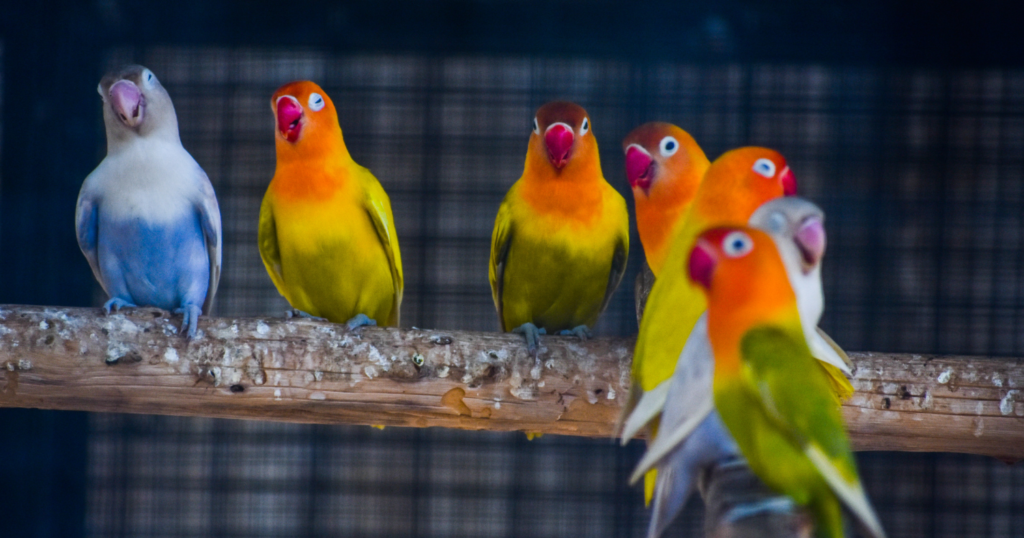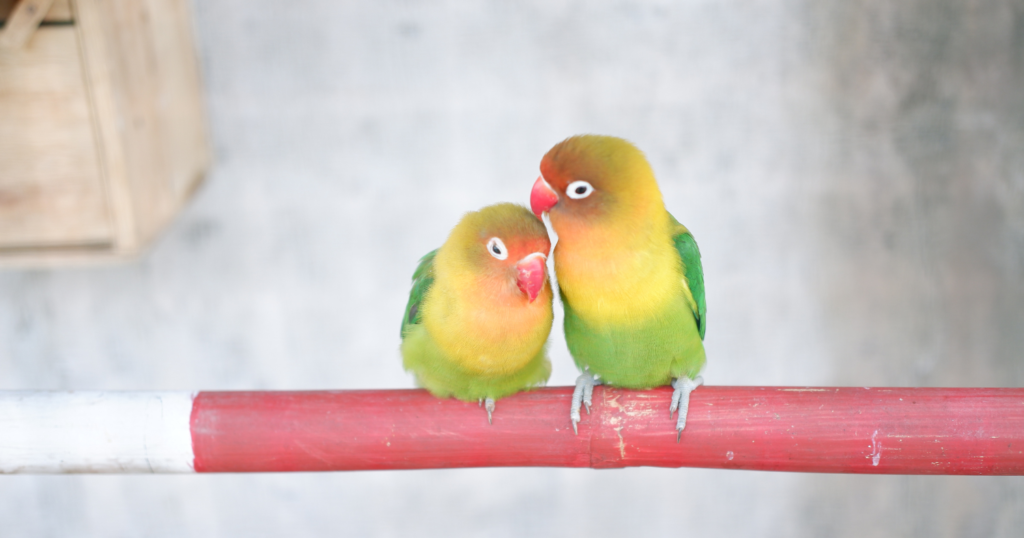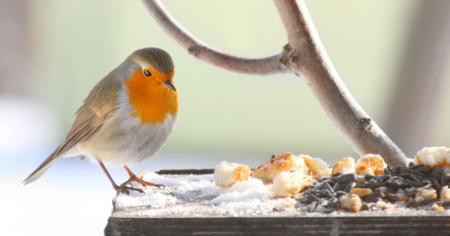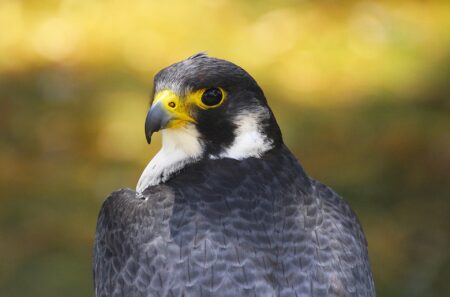Love birds, vibrant and vivacious, embody a captivating enigma that extends beyond their charming moniker. As we venture into the heart of their world, we’ll demystify their lifespans, delve into their unique personalities, and unmask the intricate art of their care.
Unfolding the layers of their existence, we will discover what makes these feathered companions tick. Will you join us on this enlightening journey and perhaps? Find yourself completely enthralled by the world of these affectionate avians.
What Are Lovebirds?

In the vibrant world of avian fauna, love birds emerge as small yet captivating parrots known for their playful personalities and strong pair bonds. As parrot family members, these colorful and charismatic creatures are among the most popular pet birds worldwide.
Their compact size, social nature, and relatively manageable care requirements make them appealing to beginners and experienced bird enthusiasts. Interestingly, the term ‘lovebird’ encompasses nine different species of lovebirds, each with a unique appearance and temperament.
From the bold and vivacious Peach-faced Lovebird to the more serene and subtle Grey-headed Lovebird, this subset of the parrot family has a wealth of diversity. These bird species, native to Africa and the surrounding islands, are named for their affectionate pair-bonding behavior, which often resembles human romantic love.
Despite their variety, all lovebirds share a common thread. They’re highly social birds that thrive on interaction and companionship. They form strong, monogamous bonds with their mates and exhibit complex social behaviors. Understanding these enchanting parrot species’ nature, nuances, and needs is crucial to providing adequate care and a stimulating environment.
How long do lovebirds live?

Delving into the lifespan of these charming creatures, it’s noteworthy to mention that love birds, with the right care and environment, can live up to 10 to 15 years, sometimes even reaching the age of 20. This fact alone can testify why they are often kept as pets and considered good pets.
The life expectancy of a lovebird is contingent on several factors. A single lovebird, for instance, may not live as long due to loneliness, as lovebirds are one species that thrives on companionship. This is an essential fact about lovebirds to remember while considering their longevity.
Moreover, the oldest recorded lovebird was an astonishing 29 years old, affirming that lovebirds will live long under ideal conditions. However, their ability to live to such a ripe old age is not merely a testament to their robust constitution. It also speaks to the devotion and care their owners bestow upon them.
Therefore, understanding the lifespan of a lovebird is not just about knowing the number of years they may live. But also about appreciating the commitment required to ensure they live long healthy lives.
Why We need to know about Care and Personality of these Love Birds?
Having gleaned insights into the lifespan of lovebirds, it becomes necessary to understand the significance of their unique care requirements and distinct personalities. Love birds are social birds, craving interaction with people and other birds. They are extremely active birds, requiring extensive mental and physical stimulation to maintain their health and happiness.
Understanding the care and personality of these love birds is crucial to ensuring a mutually enjoyable companionship. Their affectionate nature makes them a popular pet. But also bestows upon them a need for frequent interaction and engagement.
Awareness of their care needs and personality traits can help potential owners understand the pros and cons of keeping lovebirds. For instance, their social and active nature can be a joy to some but a challenge to those with less time to devote.
Knowing how to properly care for lovebirds and understanding their unique personalities is integral to creating an environment where these birds can thrive. It helps potential and current owners to interact effectively with these birds, ensuring that these affectionate creatures are kept happy, healthy, and well-adjusted.
Facts, Care, and Personality of These Love Birds
Unveiling the world of Love birds, we’ll explore their vibrant character, dietary needs, and the depth of their social bonds. We’ll also touch upon their need for mental stimulation and the long-term commitment these charismatic creatures warrant. This exploration will allow us a unique insight into the lives of these captivating parrots.
1. Affectionate and Social Nature
In the world of avians, Lovebirds, these vibrant small parrots, stand out for their strong social inclinations and deep-seated affectionate demeanor. As their name suggests, lovebirds love to be in pairs, embodying the epitome of avian companionship. It is typical to keep single lovebirds, but they flourish best in pairs, exemplifying their social nature.
Lovebirds are very active and intelligent and love to chew, making them popular pets globally. Their intelligence is reflected in their ability to interact, learn, and adapt to their environments, enhancing their attractiveness.
Their love for activity and chewing aids in keeping them physically fit and mentally stimulated. Lovebirds‘ affectionate nature and social bonds make them pets and companions, adding color and vibrancy to everyday life.
2. Balanced Diet Essentials
Just as their social interactions contribute to their overall health, love birds’ dietary needs are equally pivotal, requiring a balanced blend of seeds, pellets, fresh fruits, and vegetables. Love birds feed on a variety of foods, effectively diversifying their diet. Seeds provide essential fats, while pellets are a concentrated source of nutrients. Fresh fruits and vegetables augment this with vitamins, minerals, and hydration.
The balanced diet essentials are critical to their health, impacting their vibrancy, longevity, and overall vitality. Ensure the food and water provided are fresh and clean, without contaminants. This holistic approach to their diet underscores the intricate care needed to maintain these lively birds at their peak health.
2. Strong Social Bonds
Beyond the intricacies of their dietary needs, the social dynamics of lovebirds also play a significant role in their overall health and well-being. Lovebirds like to be kept in pairs or small flocks, exhibiting strong social bonds that can be likened to human relationships.
They mate for life, demonstrating a deep attachment and loyalty to their chosen partner. These bonds are crucial in understanding different lovebird species’ behavioral patterns and needs. As these birds live in small flocks, isolation can lead to stress and decrease their quality of life.
Therefore, prospective owners should consider adopting at least a pair to ensure their emotional well-being. The strong social structure of their flock is a testament to lovebirds’ inherent need for companionship.
3. Playful and Active Lifestyle
Lovebirds exhibit an energetic and playful demeanor, necessitating a plethora of mental stimulation and interactive toys to stave off boredom and maintain their vibrant spirits. As small parrots, their playful and active lifestyle is a testament to their beautiful and intelligent nature.
They relish the challenge of puzzle toys, delight in the thrill of swings, ladders, and mirrors, and even enjoy the simple pleasure of shredding paper. These activities stimulate their minds and satiate their inherent curiosity.
The beloved peach-faced lovebird is a prime example of this eagerness for play. However, lovebirds are also sensitive creatures; neglecting their engagement needs could lead to stress and behavioral issues. Thus, providing a variety of toys and plenty of interaction is paramount to prevent boredom and ensure a happy, healthy lovebird.
4. Long-Term Commitment
Embracing the responsibility of owning these charming creatures means committing to a relationship that could span a decade or more, given their impressive lifespan of 10 to 15 years. This long-term commitment should not be taken lightly as lovebirds live 10 to 15 years in captivity.
Often sold in pet stores, these beloved African parrots are known to get along well with their human companions, adding to their appeal. However, lovebirds are not among the short-lived pets. They are one of the most beloved species for a reason.
And that reason encompasses their vibrant personalities delightful antics and longevity. The prospect of sharing your home with these affectionate birds is indeed a long-term commitment worth considering.
5. Comprehensive Care Requirements
A triad of vital components constitutes the comprehensive care requirements for these feathered companions:
- A spacious cage for ample movement
- Regular baths or misting for hygiene
- Periodic veterinary check-ups to ensure their overall well-being
As a type of parrot, lovebirds need a bird-safe environment inside and outside their cage. Their propensity to mimic human conversation means furnishings must be carefully chosen to prevent accidental ingestion of harmful materials. Regular bathing or misting not only ensures cleanliness but also aids in keeping their plumage in optimal condition.
Regular veterinary check-ups are essential to monitor their health and detect any possible issues early as part of the proper care for lovebirds. Caring for these lovebirds discusses the balance of space, hygiene, and health.
6. Vocalization and Mimicry
Renowned for their vocal prowess, these vibrant creatures engage in various vocalizations from charming chirps and squawks to impressive mimicry of sounds and human words, lending depth to their captivating personalities.
As a parrot species, lovebirds, like all parrots, possess a unique ability to mimic various sounds. These little birds can repeat simple noises, like doorbells and microwaves, and even emulate human speech with sufficient exposure and training, a fun fact that often surprises lovebird enthusiasts.
Their chirp serves as a communication medium, expressing joy and irritation. This element of vocalization and mimicry is an integral part of their charm, making them a delightful and engaging addition to any household.
Conclusion
Love birds, with their vibrant hues and lively personalities, offer a bountiful spectrum of companionship and joy. Their longevity, coupled with their distinctive traits, necessitates an understanding of their care and behavior.
This knowledge empowers lovebird owners to cultivate a nurturing environment, enhancing the bird’s quality of life and strengthening the bond of mutual affection. Lovebirds are not merely pets, but cherished companions, adding vibrant strokes to the canvas of life.








